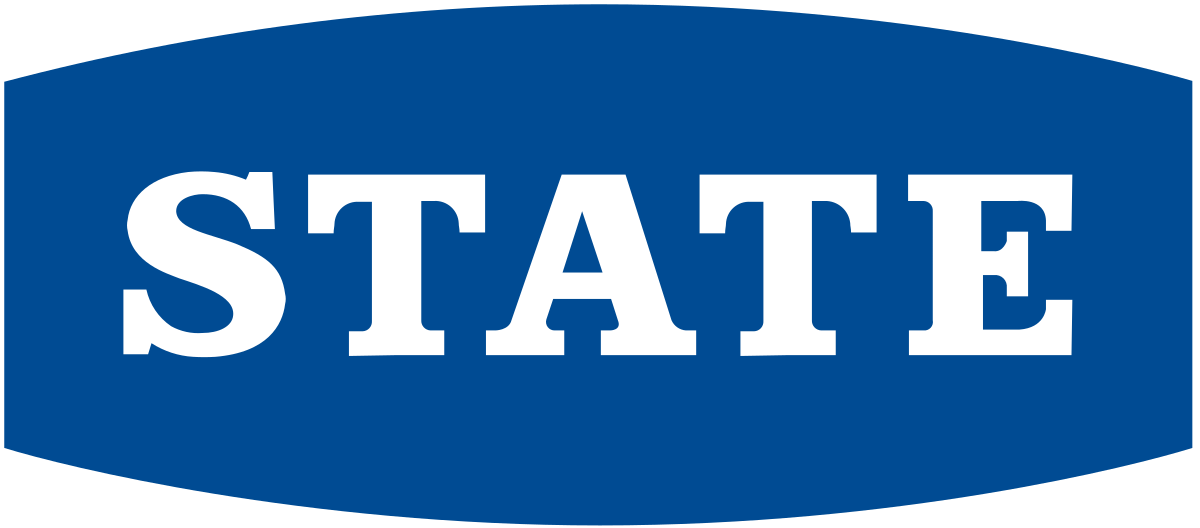When it comes to selling your car, there are two main ways of going about it:
- To sell it privately
- Trade it in with a dealer against the cost of a new or used car
What is the trade in value of a car?
The trade in value is the amount that a dealer is willing to offer you towards the purchase of a new vehicle in exchange for your current one. It’s typically based on the market value of your vehicle (the amount it would sell for on the open market).
The trade in value depends on a number of factors, such as the popularity of the make and model, how many similar cars the dealer already has on the lot, and the age and condition of your vehicle when you take it in to trade.
Trade in – factors to consider
- Trading in with a dealer is generally seen as a quick and convenient option. You avoid the need to advertise your vehicle and meet with potential buyers.
- It may offer a more straightforward solution, particularly if your car is a common model, requires repairs or has a lot of kilometres on the clock, as you avoid the need to spend time and money preparing it for sale. Dealers will deduct the cost of any repairs required from the price they offer for your vehicle.
- Trading in your old car, as with selling your car privately, means lowering the amount you need to raise for your new vehicle. For example, reducing the amount of finance required.
- In some cases, a dealer may decline to buy your car, particularly if it is old or in low demand.
Selling your car privately – factors to consider
- Privately selling your vehicle can fetch you more money. Dealers won’t necessarily offer you the full value of your car, as they need to onsell it at a profit. This may be particularly true if your current vehicle is a relatively recent model, or in high demand.
- If you sell your car privately, you have more flexibility over how to use the money you receive from the sale, compared to trading it in. When you sell your vehicle privately the cash is yours to spend as you wish. With a trade in, the value of your vehicle is used solely to offset the cost of a new vehicle.
- Bear in mind there may also be costs associated with advertising your car for sale privately. Plus the time and money you expend sprucing your car up to appeal to buyers.
As a private seller, you might want to invest in a pre-purchase inspection before listing your car on the market. This will get rid of any concerns about issues with the vehicle and, in turn, make it a lot easier to sell. Any questions and you simply refer them to the inspection sheet. Essentially an inspection provides peace of mind for both parties.
Keep in mind that selling a car privately isn’t always easy. While creating a listing online is simple, selling your own car means meeting with potential buyers, taking time out of your day to give test drives and potentially dealing with banks and finance companies on your own.
Be ready to deal with plenty of messages that lead nowhere, people not turning up to view the car, and buyers offering a price that’s so ridiculously low, it’s a waste of your time.
Selling your car privately means there is lots of extra work involved for you. So consider how much time you have to sell your vehicle and if the extra cash is worth it.
Trading in your car while you’re still paying it off
Generally, if you’re trading in a car you still owe money on, you’re sitting in one of two camps:
Trading in with positive equity
If your car is worth more than the amount you owe on your current car loan, it’s known as positive equity. Let’s say you owe $3000 on your current car loan. You take your car into a dealership to trade it in, and the dealer offers you $5000.
What can happen in this situation is the dealer takes your car, pays off the loan and puts that extra $2000 towards the purchase of your new vehicle. This lowers the purchase price of the car and the amount of the new loan.
Trading in with negative equity
If your car is worth less than the loan amount remaining, this is called being in negative equity. You may have to pay the difference between your loan balance and the trade in value at the dealership.
For example, if you owe $5000 on your current car loan and the dealer offers you $3000 for your car, then you have $2000 of negative equity. When it comes to making the trade, you may need to pay off the outstanding amount – in this example $2000 – when making the new car purchase. Alternatively, the dealer may suggest that you roll the negative equity over into the loan for your new car.
How to get the best trade in value
- Take care of your car. Consider getting it serviced regularly and ensure each service is recorded in the car’s logbook as proof of maintenance.
- Make repairs as necessary. If something doesn’t seem right with your car, don’t just ignore it, because the dealer probably won’t.
- Keep the car clean. Especially when you take it in to the dealership, ensure that both the inside and the outside of the car are clean and well maintained. First impressions count.
- Do your research. Find out what your car may be worth and how much other people are asking for similar cars. Knowing how much your car is likely to get on the open market will help you identify if the dealer is under-pricing your vehicle.
- Familiarise yourself with common dealer tactics. They want to make a profit from your vehicle, so the lower the trade in value they offer, the more money they stand to make.
- Look around for the best deal. Consider visiting a few different car dealerships so you can compare what they are willing to offer.
Enjoy reading this article?
You can like us on Facebook and get social, or sign up to receive more news like this straight to your inbox.
By subscribing you agree to the Canstar Privacy Policy








Share this article